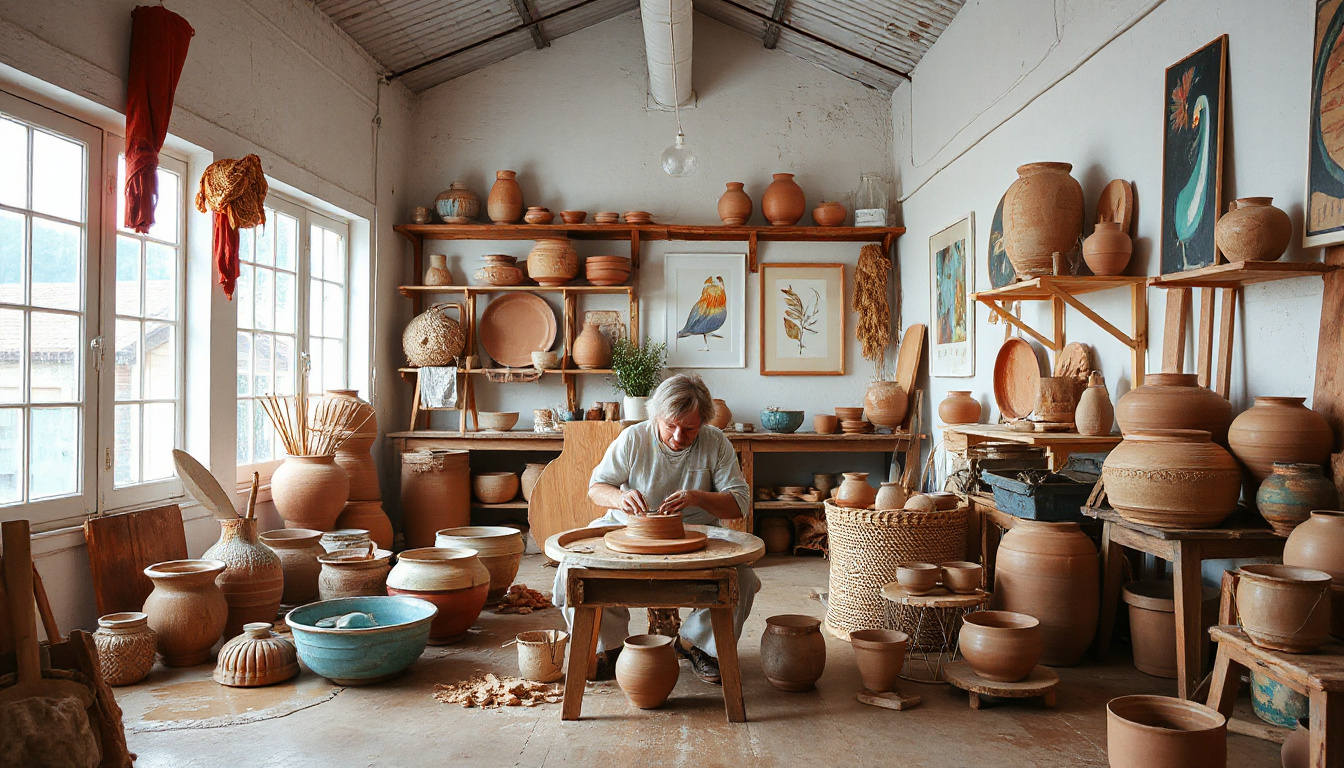Pottery has been an essential craft for millennia, a beautiful blend of art and functionality that continues to captivate enthusiasts today.
Whether you’re a beginner just getting your hands dirty or a seasoned potter looking to refine your skills, mastering the art of pottery can be one of the most rewarding creative pursuits.
This guide takes you through the fundamentals of pottery, essential tools, and techniques to enhance your craft, as well as inspiration from various pottery styles and troubleshooting tips to improve your creations.
Dive into the world of pottery and unlock your creative potential!

 December 2025
December 2025

